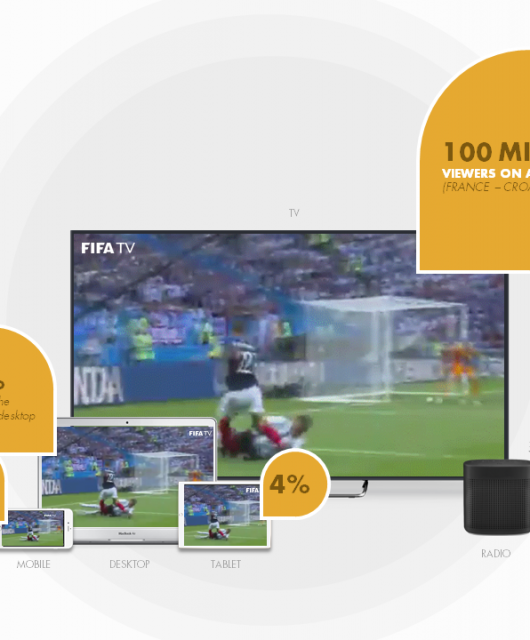Are We There Yet? Brand’s Destination And Customer’s Journey
Written by Sprinklr’s Dalia Mansour & Fouad Khafaga
Like most memorable road trips, it is not about the destination, it is about the journey and who you are with.
The question for brands then becomes, how can they create such experiences for their customers and would customers come along for the ride?


The Digital Customer Experience Evolution
If the road trip includes a time machine and has a glimpse back to let us say early 2000’s, customer behavior and expectations did not include social media interactions.
Fast forward to just 23 years later, 60% of the world are social media users, reaching 99% in countries like Norway, UAE, and others.
GWI reveals that the typical social media user actively uses or visits an average of 6.7 different social platforms each month, and spends an average of 2 hours 23 minutes per day using social media
With great social media usage comes great customer expectations,
Other than highly personalized and optimized experiences the Customers evolved to expect,
- Consistency across channels:
Brands know that silos are the main blockers for consistency, 75% of Consumers today expect consistent interaction.
If the customers are using 6 touchpoints, they expect to find the same information or a relevant follow-up to the same information from all those touchpoints.
- Speed:
If there is an innate feature to the question of “are we there yet?” it is the repetitiveness.
that question demands to be answered with both speed and accuracy.
In fact,12% of Americans say their number one service frustration as “lack of speed.”
The digital landscape for customers has dramatically evolved recently. The emergence of innovative platforms and technologies has led to customers seeking more dynamic, fluid, and tailored interactions. The integration of AI (Artificial Intelligence), leading to more effective and precise customer engagement. The shift towards mobile-first strategies and the growing influence of social media have significantly altered how customers interact with brands.
Industry-Specific Journey Mapping
Imagine before the road trip you borrow a map from someone else, Once you get to the highway you start following random cars (trends) that seem like they are heading to the same destination.
That is equivalent to when a brand starts following social and digital trends, without being specific on customer needs and unique brand diffraction tactics.
CJM (Customer Journey Mapping) is not a universal solution; it needs to be tailored to the unique demands and characteristics of each industry. For instance, a customer’s journey in a retail environment vastly differs from their journey with a financial service provider.
Only 52% of marketers adapt their strategies and tactics based on customer interactions and feedback. highlighting that an industry specific, customer centric approach is vital for a successful customer journey map.
Consider the following:
A Customer who wants to travel will look for inspiration
A Customer who needs a hospital will look for information
A Customer for a new apartment will look for budgeting options
Those 3 customers will have quite different journeys with various touch points.
Identifying Gaps in CJM and Brand Challenges
Despite these advancements, many brands struggle to fully grasp and meet customer expectations. Ineffective customer journey touchpoints can lead to dissatisfaction, eroding loyalty, and lost revenue. For brands aiming to improve customer experience, identifying and addressing these weaknesses through effective customer relationship management is crucial.
Yet there are 4 usual suspects where brands struggle creating and implementing a map,
- Support:
Customers get frustrated and most of the time they switch brands because of that, in fact 49% of consumers have left a brand in the past year2023 due to poor customer experience.
Suggested Solution:
Every customer touchpoint identified should have customer support,
This could be a knowledge hub where customers can access information easily, could be a FAQ Chatbot to provide answers at this stage of the journey. - Productivity:
This is an operational challenge of keeping up with all the different touch points, this can be multifactorial, scattered, and overwhelming process
Suggested Solution:
Unify as much of the process as possible one source to rule them all, unify people, process, and systems.
This year 25%of organizations expect they will integrate marketing, sales, and customer experience into a single function- Financial:
This is one of the oldest pain points in the books, when customers struggle with budgeting or investment.
Suggested Solution:
Brands should be part of the solution, literally.
Customers are not buying products or services they are buying solutions.
A gardener is not buying a shovel he is buying a trench. - Process
Have you tried to create a bank account online?
If the answer is yes, then you understand this pain point just like all of us.
brands understand their process, and why it is there but their customers only see barriers to entry and destination blockers.
Suggested Solution:
Design with a destination in mind, and that objective is a customer-centric journey.
Automation, unification, and minimal steps required from the customer.
Before we head off, we want to let you in on a secret Marketers are customers too, and most of them had families and went on road trips.
They are not strangers to the question of are we there yet?
So, as a Marketer remember what made your journey memorable and gift that to your customers. To great journeys ahead, drive safely and enjoy the ride.





